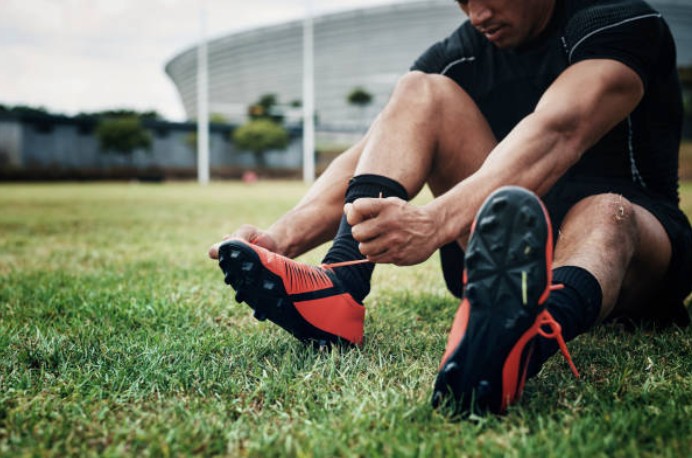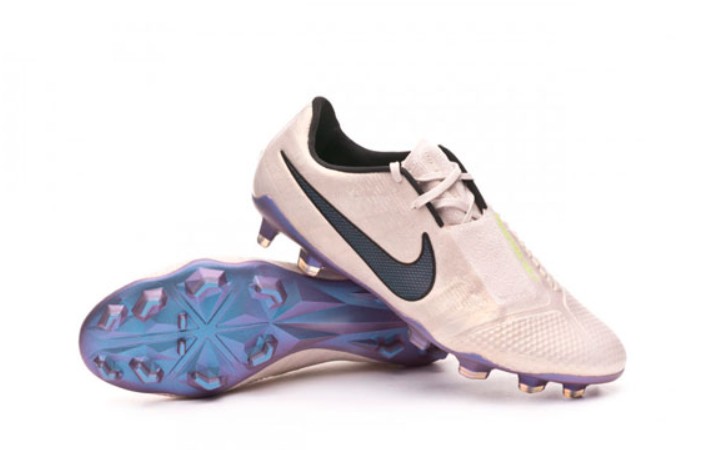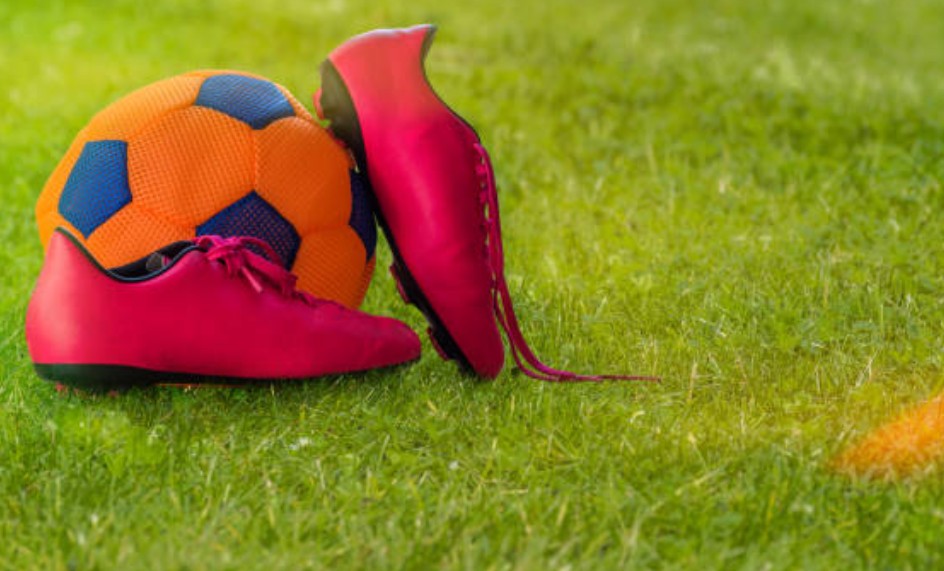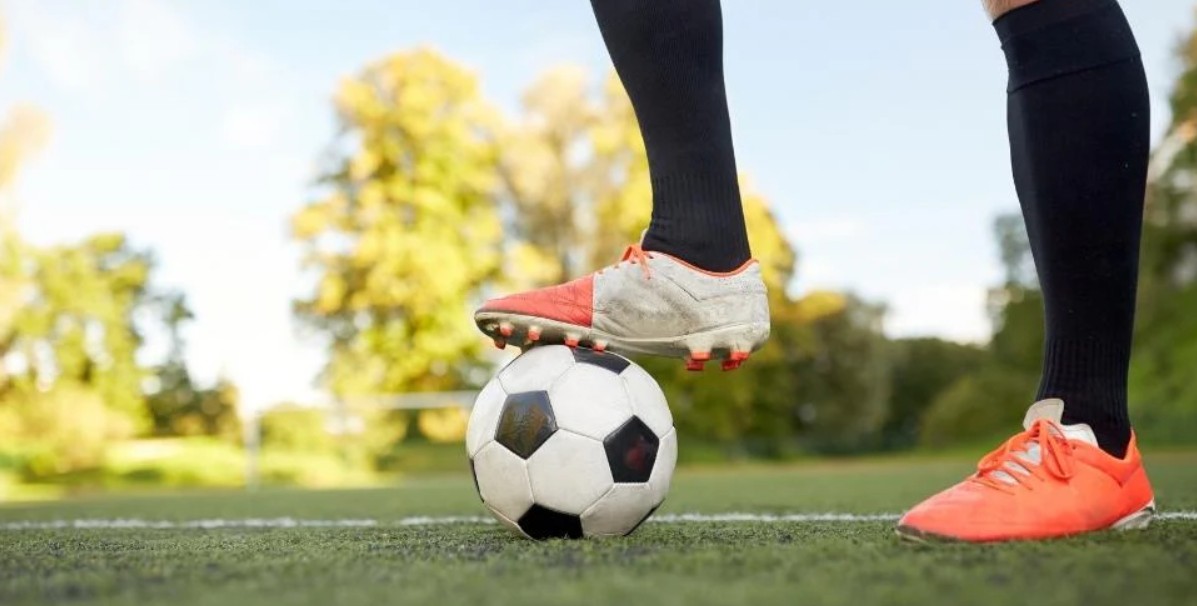Can You Wear Firm Ground Boots on Astro?
Last Updated on
Every weekend, thousands of players across the UK step onto 3G and 4G pitches asking themselves: “Can you wear firm ground boots on Astro?” The short answer is: yes, but only in very limited, low‑intensity situations—and it often comes with trade‑offs in safety, performance, and boot longevity. This guide breaks down exactly what happens when you pair FG boots with synthetic turf and how to choose the right footwear for Astro.
Can You Wear Firm Ground Boots on Astro?

The question is simple, but the answer depends on multiple factors, including the type of Astro turf, your playing style, and the intensity of the game. In most cases, using firm ground boots on Astro turf is not the best option, especially for competitive games. Here’s why:
- Stud Penetration Issues: Astro turf doesn’t allow FG studs to dig in effectively. Instead, the surface provides limited grip, which can increase the risk of slipping. Insufficient stud grip can cause a loss of control, especially in quick turns.
- Traction Problems: While FG boots work well on natural grass, they can cause instability on synthetic turf because the studs struggle to provide reliable traction. This can affect your confidence during high-speed sprints or sharp direction changes, as the boots don’t have the solid grip they do on grass.
- Joint Stress: As the studs can’t settle into the turf properly, there’s added rotational force on your ankle and knee joints, increasing the risk of injury. With higher torque, you may feel more strain on your legs, which could lead to sprains, tears, or other injuries.
- Rapid Boot Wear: Astro turf is more abrasive than natural grass, so your FG boots will wear down much faster. The rubber crumb on the surface may accelerate the wear and tear of the studs and sole plates. This can lead to needing new boots more frequently, increasing your overall cost.
So, can you wear firm ground boots on Astro? Technically, yes—but for safety and performance, it’s better to choose specialized footwear designed for synthetic surfaces.
What Happens When You Wear Firm Ground Boots on Astro?
Wearing firm ground boots on Astro can lead to several issues that affect your performance and safety on the pitch:
- Limited Stud Engagement
The firm, rubber-infused surface of Astro turf doesn’t allow FG studs to properly sink in, making it harder for the boots to provide the same traction they would on natural grass. As a result, your boots will slide across the surface, which increases the likelihood of losing your balance during sharp movements. - Increased Risk of Slipping
Since the studs can’t penetrate the surface fully, there’s a higher chance of slipping, especially when making quick turns or sudden stops. This instability can lead to falls, sprained ankles, and even muscle strains, which are all more likely to occur when wearing FG boots on Astro turf. - More Pressure on Joints
The lack of stud penetration means that more torque is placed on your ankle and knee joints, increasing the risk of injuries like sprains, twists, or ligament tears. This added strain can also cause fatigue and discomfort over time, especially if you play for extended periods. - Rapid Boot Wear
Astro turf is more abrasive than natural grass, and the rubber crumb in the surface wears down FG boots much more quickly. With constant friction, the studs will lose their shape, and the sole plates may crack or become damaged. This leads to the need for replacement boots far sooner than if you were playing on natural grass.
Why Should You Avoid Firm Ground Boots on Astro?
Here’s a breakdown of the main risks when using FG boots on Astro turf:
| Risk | Cause | Impact |
|---|---|---|
| Increased Injury Risk | Studs catch on turf fibres, causing joint torque | Sprains, ligament tears, and long recovery |
| Slippery Conditions | Studs can’t grip the artificial fibres properly | Falling, bruising, reduced performance |
| Faster Boot Wear | Rubber crumb infill wears down boots more quickly | Frequent replacements, higher costs |
| Fatigue | Hard surface leads to more shock being transmitted to the legs | Soreness, reduced stamina |
When FG Boots Might “Get Away” on Astro

There are a few low‑risk scenarios where FG boots can suffice, but these are exceptions rather than the rule:
- Casual Skill Drills: Low‑intensity rondos or passing exercises may not place as much strain on the studs. In these cases, the reduced forces on the boots might make them acceptable to use. However, even in these situations, you may still experience some instability or discomfort.
- Saturated Pitches: Over‑watered Astro pitches can temporarily soften the surface and create a layer of moisture that allows FG boots to get better traction. However, this effect is short-lived and will not hold up in the long run, especially as the water evaporates.
- Hybrid Grass‑Synthetic Fields: Some pitches have a combination of natural grass and synthetic turf. In this case, FG boots might still be usable, as the natural grass elements provide some ground penetration. Since this situation is uncommon, it’s important to proceed with caution.
In all other cases, especially competitive play, specialist Astro footwear is strongly recommended.
Best Alternative Footwear for Synthetic Turf
If you play regularly on Astro turf, switching to boots specifically designed for synthetic surfaces is a smarter option. Here are the best alternatives:
| Boot Type | Stud/Nub Configuration | Best for | Key Benefits |
|---|---|---|---|
| Artificial Ground (AG) | 9–15 short conical or bladed studs | Deep‑pile 3 G & 4G Astro pitches | Consistent grip; minimal injury risk |
| Turf Shoes (TF) | 30–60 small rubber nubs | Shallow Astro or indoor courts | Even pressure across the foot; stable traction |
| Multi‑Ground (MG) | Hybrid studs and nubs | Both grass and synthetic fields | Versatility across multiple surfaces |
These boots are designed with shorter, denser studs or rubber nubs that are ideal for synthetic surfaces, providing better grip, control, and stability.
How to Choose the Best Boots for Astro Turf?

Selecting the right footwear for Astro turf depends on several factors:
- Frequency of Play
- Occasional Players (≤ 1×/week): Turf shoes or FG boots only in emergencies.
- Frequent Players (> 1×/week): AG boots for performance, stability, and safety.
- Playing Style
- Fast Cuts and Direction Changes: AG boots are best for consistent grip and ankle protection.
- Long‑Distance Running or Endurance Play: Turf shoes with a cushioned midsole are more comfortable for prolonged sessions.
- Budget
- Under £70: Turf shoes offer great value with short-term durability.
- Entry-level AG boots (£70–£130) offer greater durability and traction.
- £130+: Premium AG boots last longer and offer advanced materials for comfort and grip.
- Pitch Regulations
Always check with the pitch operator about footwear restrictions, as some facilities ban FG boots on synthetic surfaces due to safety concerns.
Maintaining Your Astro Boots
To ensure your turf shoes or AG boots last longer, it’s essential to care for them properly:
- Post-Play Cleaning:
• Remove rubber crumbs and dirt from studs using a soft brush.
• Wipe down the boots with a damp cloth to remove excess debris. - Drying Properly:
• Air dry the boots at room temperature, avoiding direct heat.
• Stuff boots with absorbent paper to keep their shape. - Regular Inspections:
• Check the studs monthly for wear—replace if they’re under 8mm.
• Inspect the sole plate and upper for any signs of damage or deterioration.
Conclusion: Is Wearing Firm Ground Boots on Astro a Good Idea?
So, can you wear firm ground boots on Astro? While technically you can, it’s not ideal for performance or safety in most cases. The risk of joint injuries, reduced traction, and the accelerated wear of your boots are key factors to consider. If you’re serious about playing on synthetic surfaces, investing in Artificial Ground or Turf footwear is a smart move to enhance your performance, extend boot life, and protect your joints.
Next time you step onto a 3G or 4G pitch, make sure you’re wearing the right boots for the job—and play your best, confidently.







